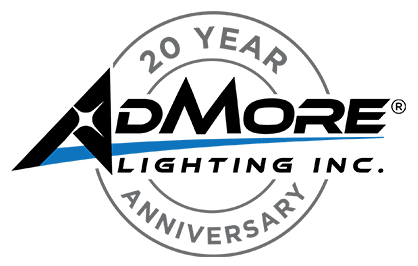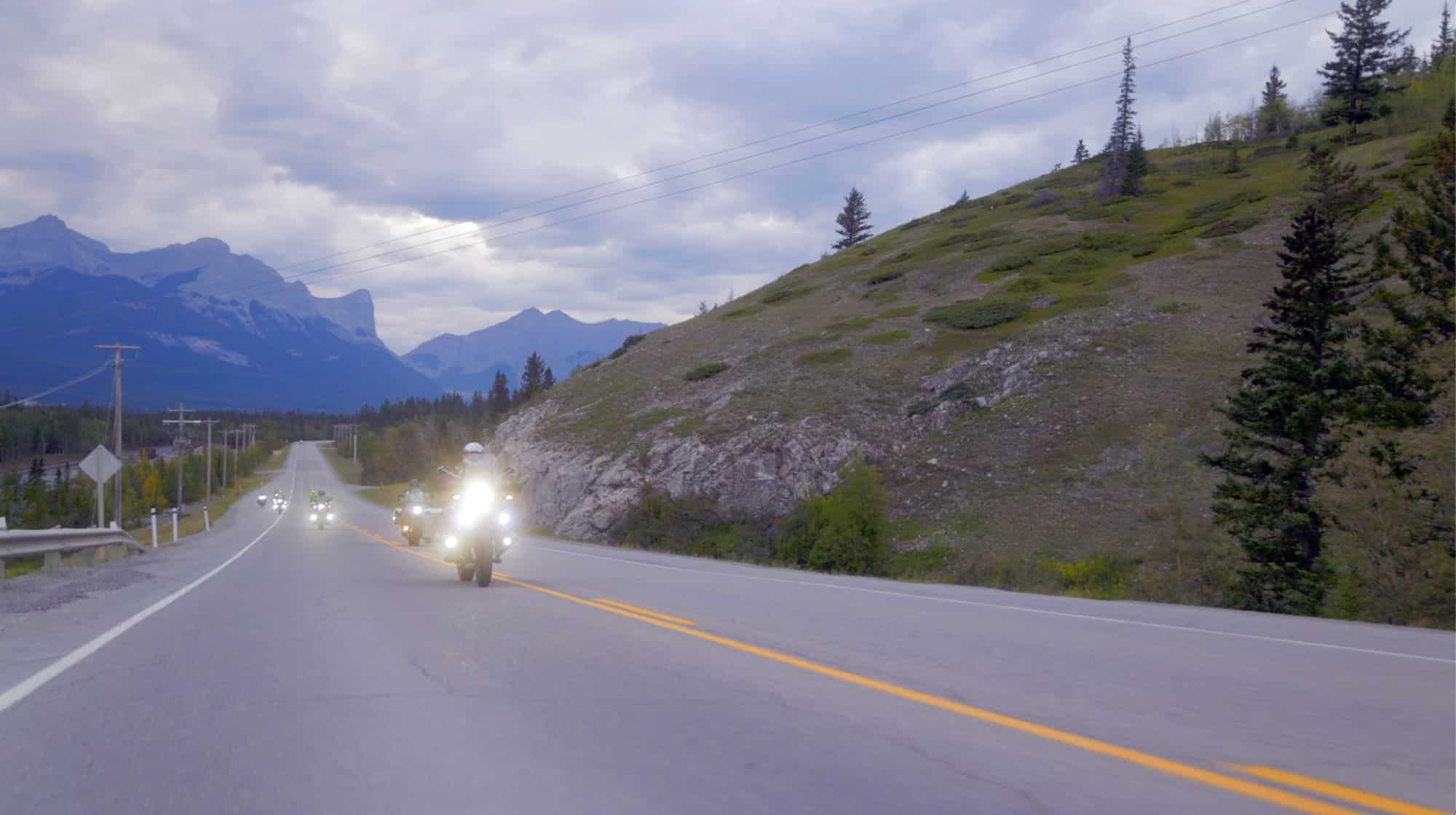Musings for Motorcycle Safety Awareness Month
What we’re taught to do—and what we actually do—don’t always match up. We forget. We get stubborn. (I’ve always done it this way, and nothing has ever happened.) We get lazy. Or we pick up some of the erroneous riding lore that is best ignored, even when it comes from that friend who has been riding for years.
We learn a lot of what we need to know in our initial riding instruction and licensing course—no surprise there. Not everything, but it’s a good start. But, combine this safety advice with pull in the clutch, apply a little throttle, Oh sh!†—I stalled it. I’m embarrassed. It’s a wonder if we remember anything. Not to mention, I was licensed in 1985. It’s been a long time since I took that course. That is, if I hadn’t taken any others since. I will often chat with people who tell me that the only course they’ve ever taken is when they got licensed. This probably means that what they were taught has long since been replaced by experiential advice like, “I almost never use my front brakes [yes, someone actually told me this] because it can cause you to crash.” Yikes! How is this guy still alive? Since May is Motorcycle Safety Month, I’m going to share a handful of ideas loosely categorized into three groups. I keep them in mind when it comes to my riding safety. A lot of them I learned because at one time I was doing them wrong. They’re not recommendations, and they’re not meant to be either right for you, all-inclusive, or the last word in motorcycle safety. Pick up a Motorcycle Safety Foundation handbook for a more complete list. I’m just trying to get you thinking—without having to read a book. If it gets you riding just a little bit safer, then I’ve done my job.
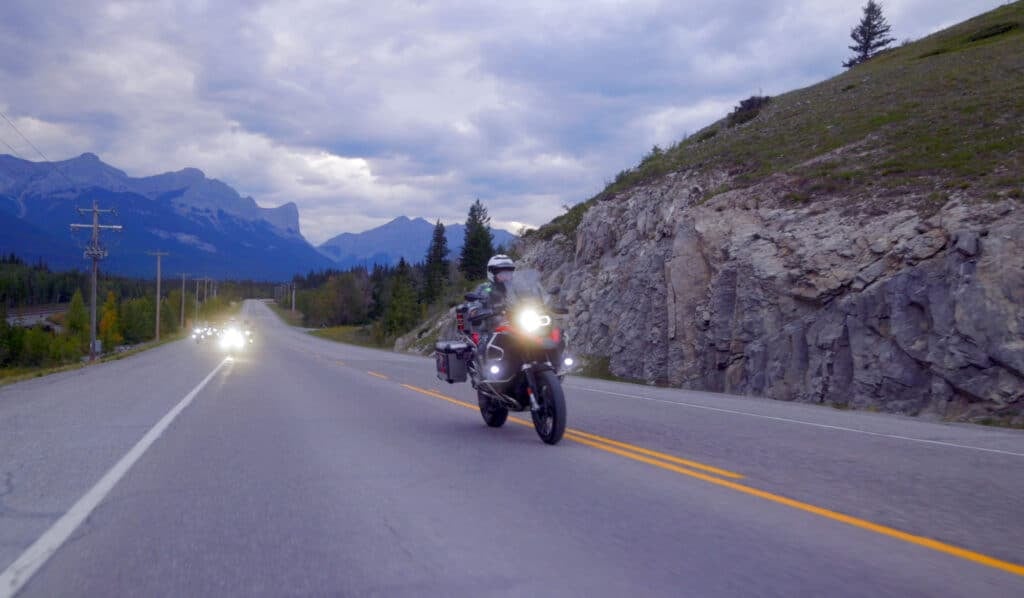
Lessons from the road—plus a few courses along the way
It was the last day of a 4,000-mile road trip. The temperature was “feels-like” 105 degrees Fahrenheit (42º Celsius). It was the end of an eight-hour riding day. I was only ten minutes from home—almost there. The light turned yellow. I stopped aggressively—if I didn’t I would have run the red. I looked in my mirror. Yikes! The car behind me decided to run the red and was barrelling down at me. He was at about 80 km/h in a 50 km/hour zone. And, the big problem? I was already stopped in the lane in which he was travelling. As I was still in first, I let out the clutch, jumped on the throttle, and got the hell out of the way. He red-lighted it at full tilt about 8 inches away from my handlebars. Where are the police when you need them? Six days of riding, a 4000-mile trip, an 8-hour day, over 100º F. If anyone could be excused for being tired and not at their best it would have been me. Only one BIG problem—if I hadn’t been alert, I’d probably be dead. You can’t let up for a second. Ever.
Tips from the saddle #1: Always check your mirror when you come to a stop. Always leave your bike in first gear. Be aware of an escape route in case you have to high-tail it out of the way. And if you can’t ride with 100 per cent focus — don’t ride.
I work in a motorcycle shop. I can’t tell you how many times a customer tells me that they only ride about 2,000 kilometres per year. It seems like an innocent statement, but it hides a hidden truth: motorcycle riding skills are perishable. We talked about this last month where I cited a report prepared for the California Highway Patrol motor officer team. Even though these officers ride 24/7/365 they’re required to take regular refresher courses in advanced riding. If they don’t pass, they aren’t allowed back on a bike until they do.
Imagine if we all had to pass a test like that to get back on our bikes each year. I wonder how many riders would find that they’re not as good as they thought they were. I see this every time I take an advanced riding course. There are always at least a couple of riders who think they’re the cat’s meow until they struggle with some of the most basic maneuvers.
The truth is, if you’re coming back after a hiatus—winter or otherwise—guess what? You’re a weaker rider than you were. If you’re only riding 2,000 kilometres per year, you’re not even riding enough to keep your skills up.
How can you fix that? Take additional advanced motorcycle training. If the police, who ride daily, keep their skills up through ongoing refresher training, it behooves all of us to do the same.
The good news? Every time I take one of these courses, I have a great time, and I come away a better rider, but not necessarily without being humbled a bit along the way.
I know the saying: you go where you look. One course had us practicing figure eights on a steep cul-de-sac, crossing the fall line of the hill. The idea was to head down, look toward the centre, then turn back up. Then look over your shoulder to come back down again, and back toward the centre to complete the loop. It was going fine… until I got a little too close to the curb, where—blooming in full glory—sat a rosebush. I looked at it just a little too long… and ended up with a few thorns in my hindquarters.
I never forgot that lesson. You go where you look—so don’t look at the rosebush. Or the pothole. Or the fallen branch. Or the guardrail. Or the oncoming car. Look where you want to go. Okay! Got it!
The other participants had a good laugh—and dare I say, learned from my mistake. LOL.
The other great news is that riding better is way more fun. And the calm-under-pressure you gain might just save your life one day.
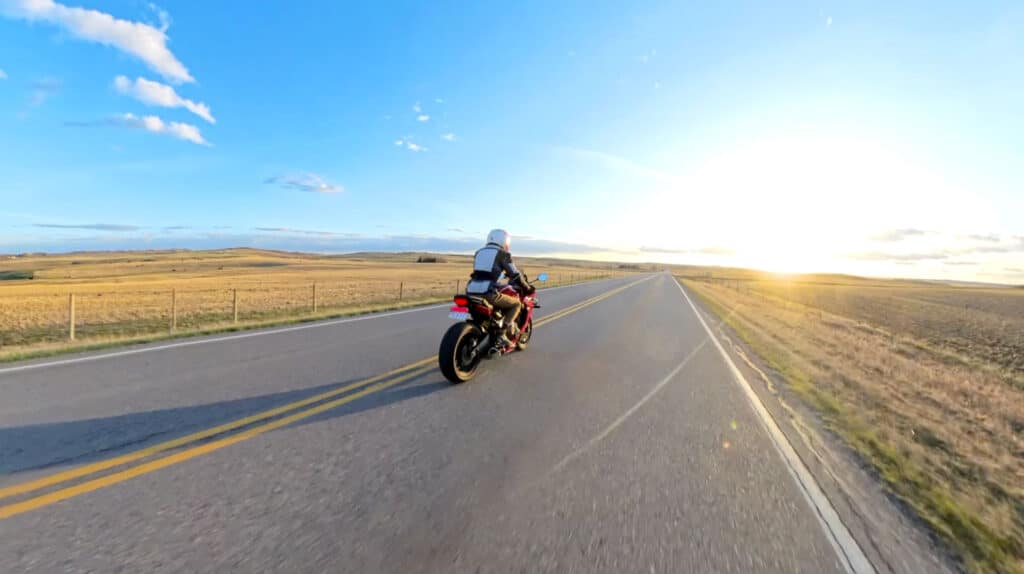
Tips from the saddle #2: Regardless of how good a rider you think you are, motorcycle skills deteriorate if they are not honed, used, and practiced—even when you ride year-round—remember California? Take a course or buy some cones and do some practising on your own. It’s fun, and it might just save your bacon.
I was riding towards the convergence of two major highways—a place where traffic notoriously stops quickly as all the lanes merge together, then picks up again. The traffic was moving at 120 km/h. To my left, I spotted a cruiser travelling behind a car about one car length from its rear bumper, dead centre in the middle of the lane (and the car), and to top it off, the rider had his feet on the highway pegs. So, no easy way to get around the car if need be, and definitely a less than optimal reaction time—the rider would have to take his feet off the highway pegs just to get to the brakes. Oops! Too late.
Even in a car — I wouldn’t follow that closely.
Although I’ve maybe chosen the worst-case scenario, it does serve to illustrate a point. Don’t ride like you drive. Motorcycles require a different mindset, a different scanning pattern, and quicker decision loops. Car habits don’t translate. Riders who drive a lot often forget that on a bike, you need to scan farther ahead, process faster, and leave bigger buffer zones.
Cars seem to all speed up and then stay together in clumps, brake lights forever going on as they jostle, going nowhere. Position yourself away from these clumps. Don’t stay in blind spots. I can’t tell you how many times a car passed me on the left on a multi-lane highway, He must have seen me, right? Then he proceeded to cut me off. Really? Did he forget I was there already?
We talked about this in another post. Look 12 seconds ahead so you are aware of what is going on sooner. Keep at least two seconds of space between you and the car in front. This gives you the space and time to take action. Have an escape route identified so you are ready and not caught without a place to go. On a bike, your margin for error is razor-thin compared to four wheels.
Don’t just ride defensively—ride deliberately.
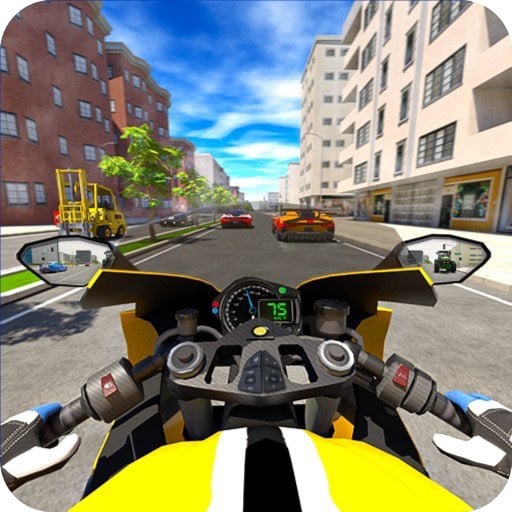
Tips from the saddle #3: Don’t ride like you’re in a car. Ride like you’re in a video game where the villainous spaceships (in the shape of SUVs, buses, sedans, dump trucks, and hatchbacks) are coming at you from all directions with a single purpose: to knock you off your bike. And, please, please, please, don’t be that guy with his feet on his highway pegs on a busy highway. I mean—that’s just asking for it.
We all pick up bad habits. That’s why ongoing training is a good idea. Be open-minded and ready to learn. Riding isn’t the place for ego, laziness, or the myth that experience alone makes you good. So stay sharp and keep learning.
And remember, I’m really no different than your buddy who has been riding for years and has his or her own opinions. Take what I say with a grain of salt. Do your own due diligence. Take a course and find out for yourself. Just don’t stop learning. That’s the only advice I can give you with 100 percent confidence.
Ride safe and be seen. I hope to see you out on the road sometime soon. Remember, becoming a skilled and confident rider is a marathon, not a sprint. Take it slow, enjoy the ride, and never stop learning. As I’ve discovered, motorcycling is more than just a hobby—it’s a lifestyle and a lifelong adventure.
– John Lewis

John is a passionate moto-traveller and motorcycle enthusiast who enjoys sharing stories that inform, inspire, and entertain. Specialising in motorcycle touring, safety, travel, or just about anything motorcycle-related, John’s insights, travels, and experiences have been featured in national magazines such as Motorcycle Mojo and The Motorcycle Times, as well as on various blogs and websites. When he is not riding or writing, he works as the service manager at a boutique motorcycle shop where he’s always ready to share a story or helpful tip.
